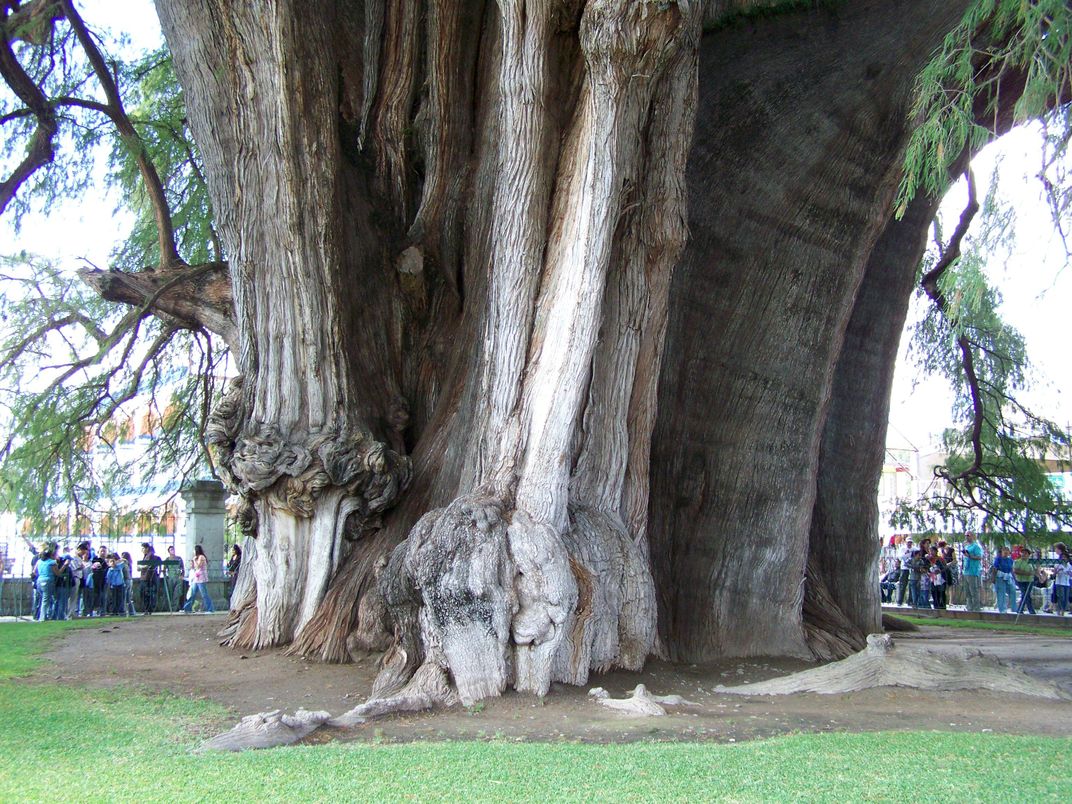What’s on Your Botanical Bucket List?
From rare orchids to grizzled desert plants, experts weigh in on which flora they most want to see before they die
/https://tf-cmsv2-smithsonianmag-media.s3.amazonaws.com/filer/9c/7e/9c7ec958-b02a-42db-9d6d-40ba5dc74830/42-39338576.jpg)
Before I die, I’m going to see a corpse flower in bloom.
The enormous, foul-smelling blooms of the Amorphophallus titanum belong to a rare plant native to the Indonesian island of Sumatra. The flowers appear approximately once or twice a decade and last only about two days, making an in-person visit a challenge. Only about 100 A. titanium plants grow in cultivation around the world, and a blooming corpse flower at a museum or garden makes headlines and draws long lines of visitors.
Along with the giant redwoods and sequoias of California, the corpse flower is high on my botanical bucket list—a plant I want to see with my own eyes in my lifetime. That made me wonder, which species do other botany fans want to stalk like celebrities or witness like world landmarks?
Nick Snakenberg, the curator of tropical plants for the Denver Botanical Garden, had a front-row seat for a corpse flower bloom in 2015. Now a fully blooming Rafflesia arnoldii, also known as the corpse lily, sits at the top of Snakenberg’s list.
Like the A. titanum, this plant grows naturally in Indonesia, flowers infrequently and briefly and gives off a distinctive stench of rotting meat. R. arnoldii is considered the largest individual flower in the world, with reddish-brown blooms measuring up to three feet across. The parasitic plant lives inside a host plant and has no roots or leaves, so it can’t be seen easily until it blooms.
“You just have to happen across it,” explains Snakenberg. He considers himself very fortunate to have seen the bud of a corpse lily in 2002, when he traveled to Malaysia for an orchid conference. But he's still waiting to see a mature flower, and he doesn’t believe any garden has grown the corpse lily, making it one of the toughest bucket list goals.
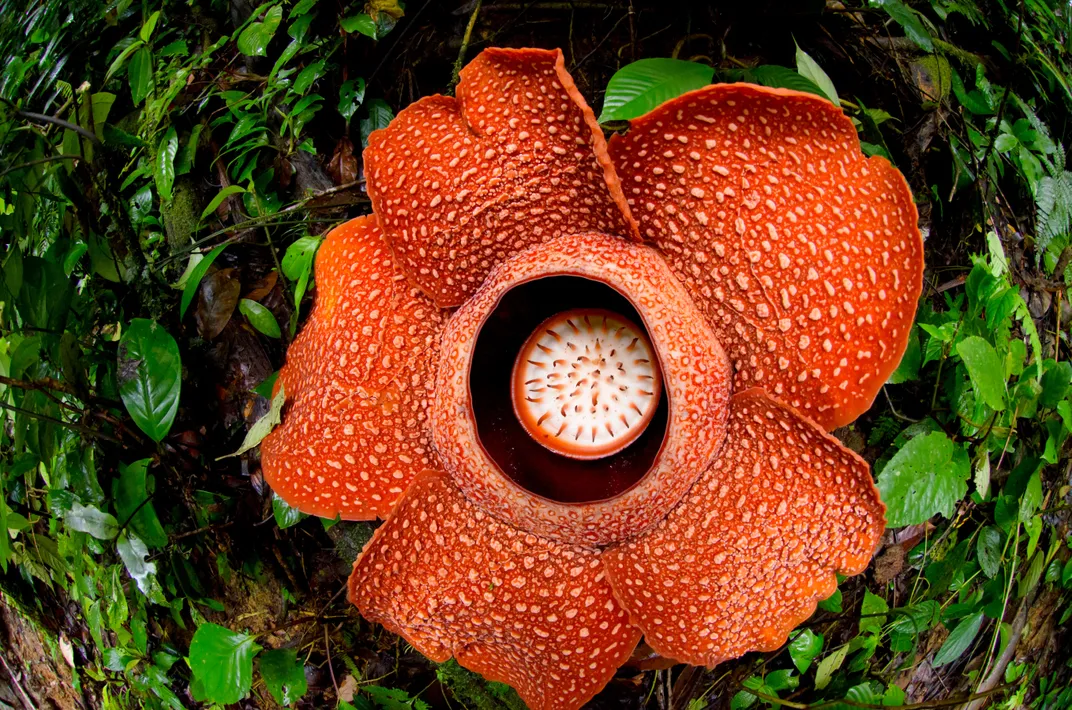
For Lou Jost, a botanist and orchid hunter who’s spent the last 20 years in Ecuador, making his own bucket list initially seemed impossible. “This is such a hard question for me! How can anyone choose!” he said in an email.
Jost is the founder of Fundación EcoMinga, one of the World Land Trust’s four conservation partners in Ecuador. He’s credited with discovering one of the world’s smallest orchids in 2009—so perhaps it's no surprise he has an orchid on his bucket list.
The Phragmipedium kovachii, a neotropical ladyslipper orchid, was discovered in Peru in 2001 and has been called the orchid discovery of the century, explains Jost. The flower is at least twice as large as any other bloom in its genus. The orchid’s surprise discovery, along with its beauty and size, are why Jost wants to see it for himself.
“It’s amazing that something that big and spectacular could be overlooked,” he says. “How could this have remained hidden and undiscovered for so long in the Peruvian cloud forest? I’d love to see this.”
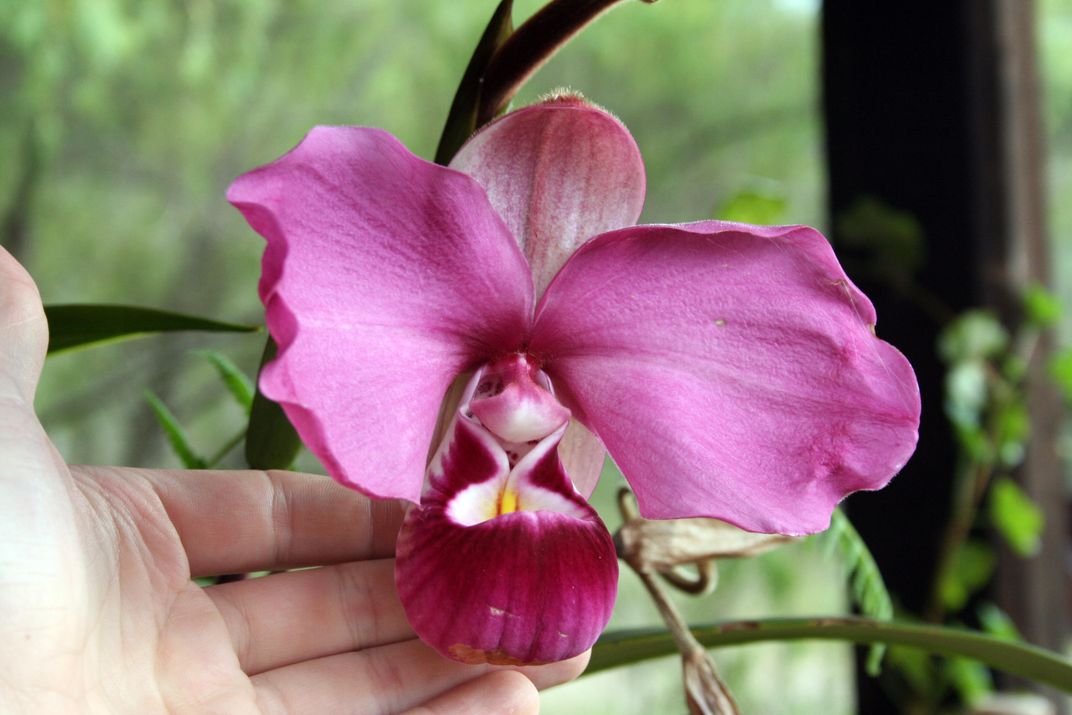
Jost would also like to see the Nepenthes edwardsiana in the wild, which he calls “the most spectacular of the carnivorous pitcher plants.” This plant is a vine bearing pitcher-shaped leaves designed to lure and trap insects. The pitchers contain acidic fluid to digest the insects, with a row of downward-pointing ridges around the mouth and smooth, waxy inner surfaces so prey can’t escape.
The species is native to the mountains of Borneo, which is considered one of the most biologically interesting places on Earth, Jost says. “Both the plant and the place should be on any botanist’s bucket list.”
The Welwitschia mirabilis, a bedraggled-looking desert plant, seems an odd choice for Jost’s bucket list. “It’s the opposite of an orchid, so maybe that’s why I’m attracted to it,” he admits. Native to the Namib desert within Namibia and to Angola in Africa, the W. mirabilis is not closely related to any other plant in the world. “It’s like something that dropped from outer space,” says Jost.
An individual plant can endure for hundreds, maybe thousands, of years, which may explain why the species appears on the bottom of Namibia’s official coat of arms as a symbol of the country’s tenacity and fortitude. The hardy plant is difficult to cultivate, though, so seeing it in its own environment is part of the appeal.
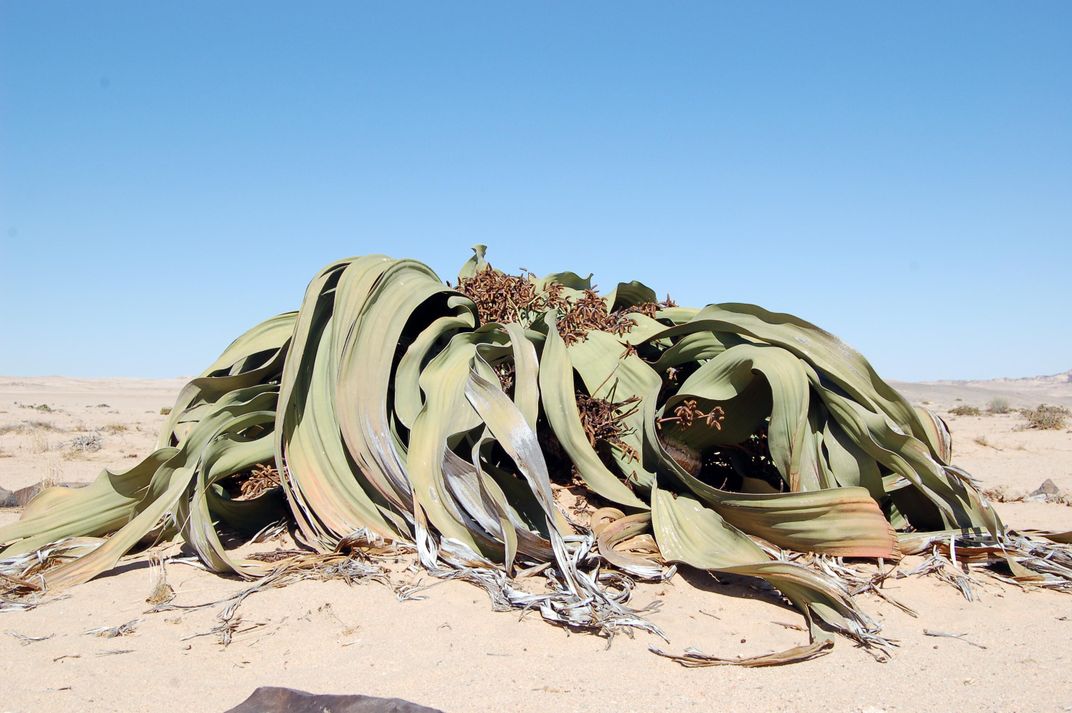
W. mirabilis also made the list for Sylvia Schmeichel, a horticulturalist for the American Horticultural Society and the manager of its River Farm headquarters in Virginia. “It’s super ugly, but it’s really rare and unusual,” says Schmeichel, who adds that she’s drawn to plants that have adapted to a harsh environment.
Schmeichel says she’d also love to see the Araucaria araucana, commonly known as the monkey puzzle tree. This tree is an evergreen native to Chile and Argentina that can grow more than 160 feet tall. Its branches are sheathed in spiny overlapping leaves, giving it a unique, scaly appearance. The species' common name comes from the notion that climbing the spikey tree safely would puzzle even a monkey.
Schmeichel notes that while she’s seen monkey puzzle trees in cultivation, seeing them in their natural environment and surrounding ecosystem would be something special.
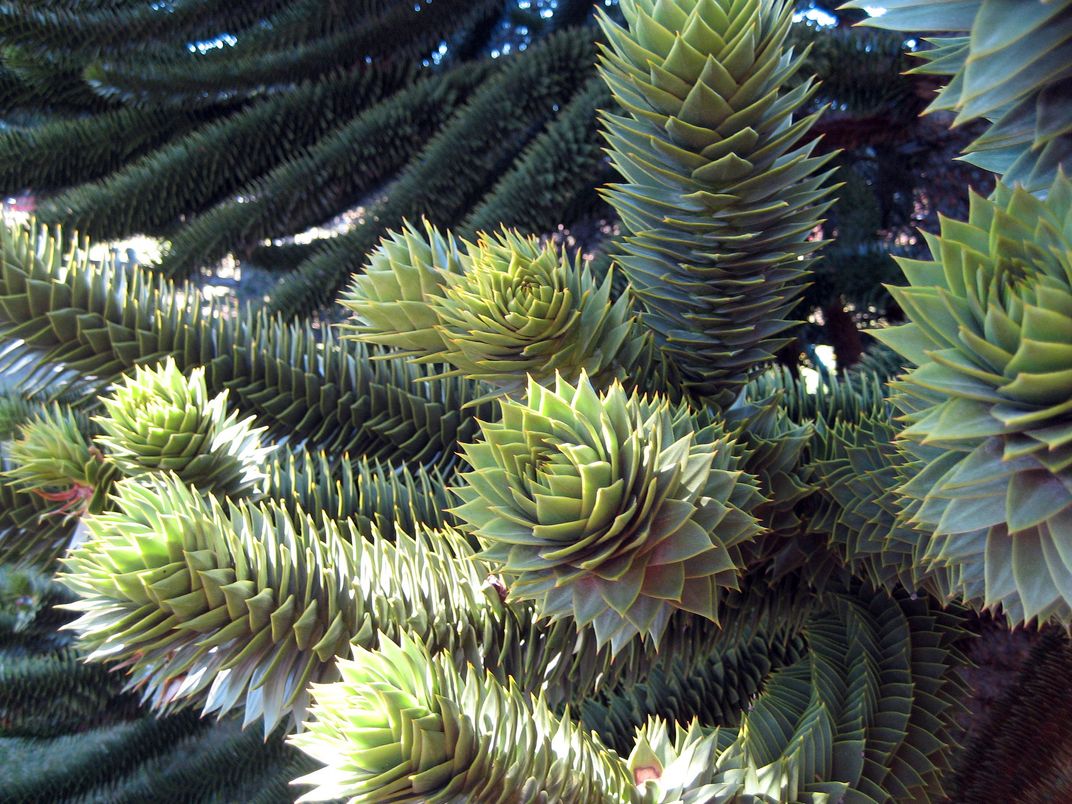
Tony Kirkham, the head of the arboretum at the U.K.'s Royal Botanic Gardens, Kew, gravitates to trees “that are full of character.” In particular, he favors the oldest of the old, the unique tree specimens that have witnessed hundreds if not thousands of years.
Kirkham, who’s traveled all over the world to view trees, hopes to see the General Sherman Tree, a giant sequoia in Sequoia National Park near Visalia, California. The General Sherman is not the tallest tree in the park, but it is the largest tree in the world in terms of trunk volume, at 52,508 cubic feet. The tree is estimated to be at least 2,000 years old.
Kirkham also wants to see the Montezuma cypress known as El Tule, which grows in a churchyard in Santa María del Tule, Mexico. El Tule is believed to be more than 2,000 years old and is considered the oldest living tree in Mexico. The tree’s statistics are impressive: 139 feet tall, and 46 feet wide. “It’s a monster,” says Kirkham.
